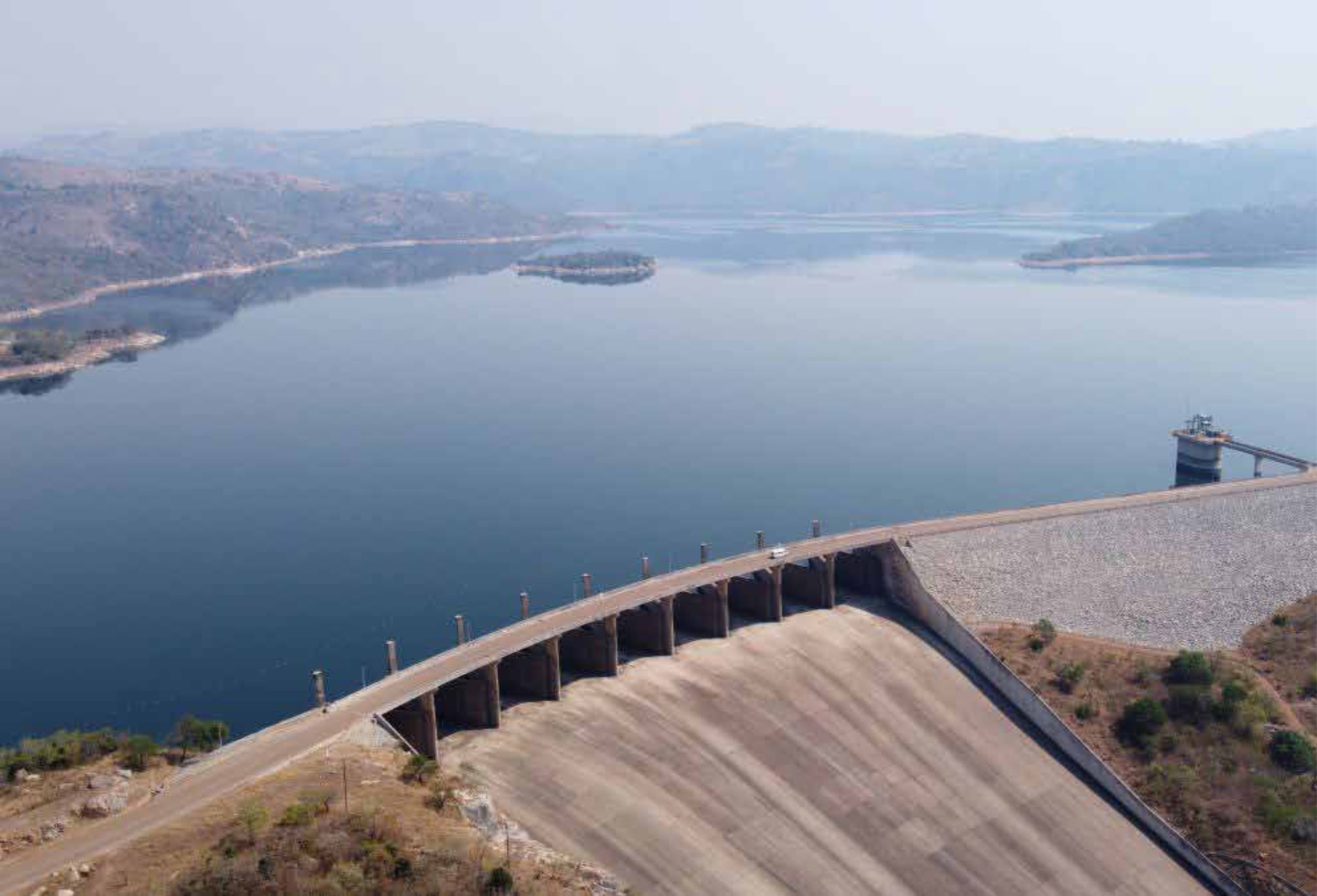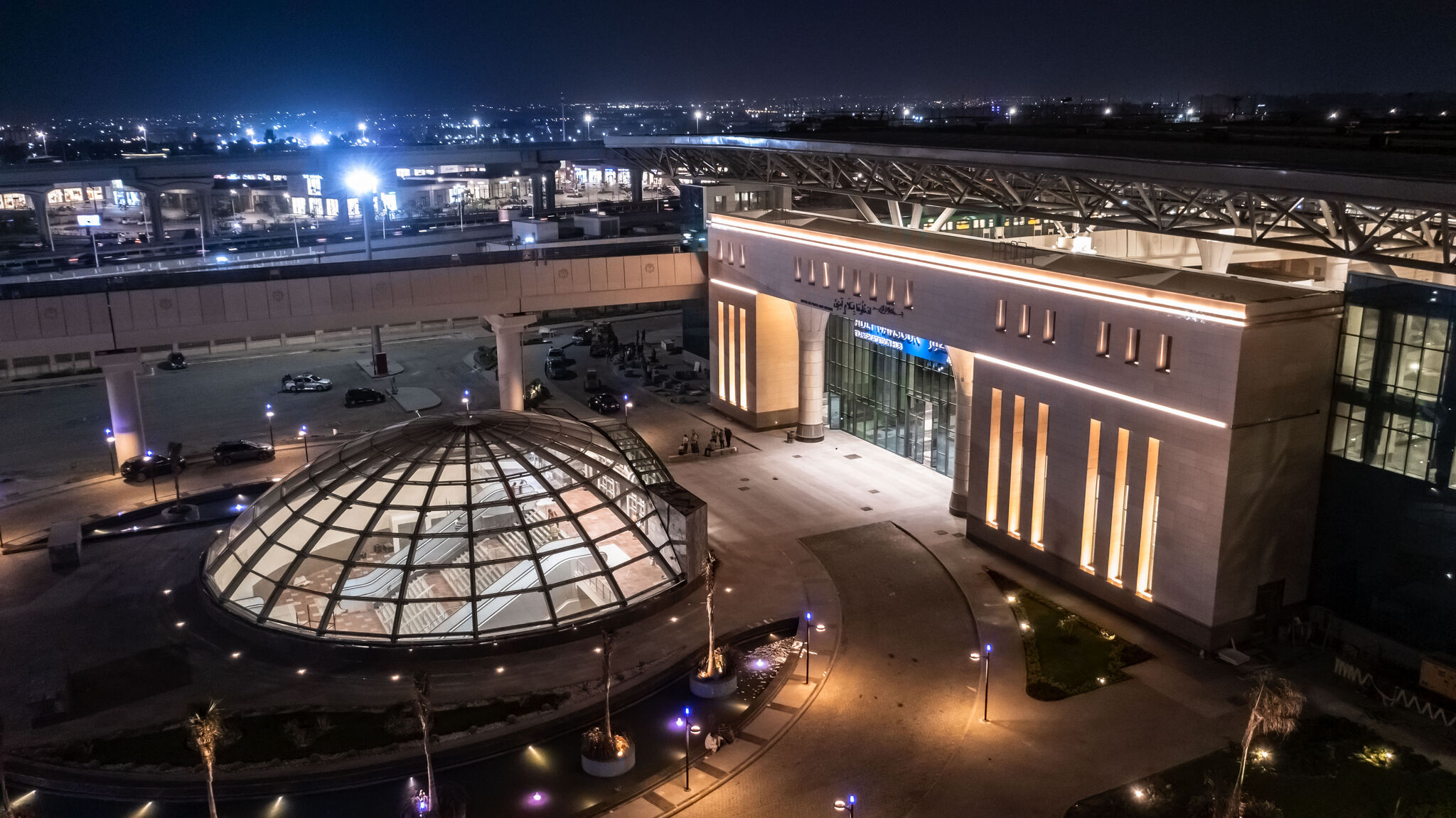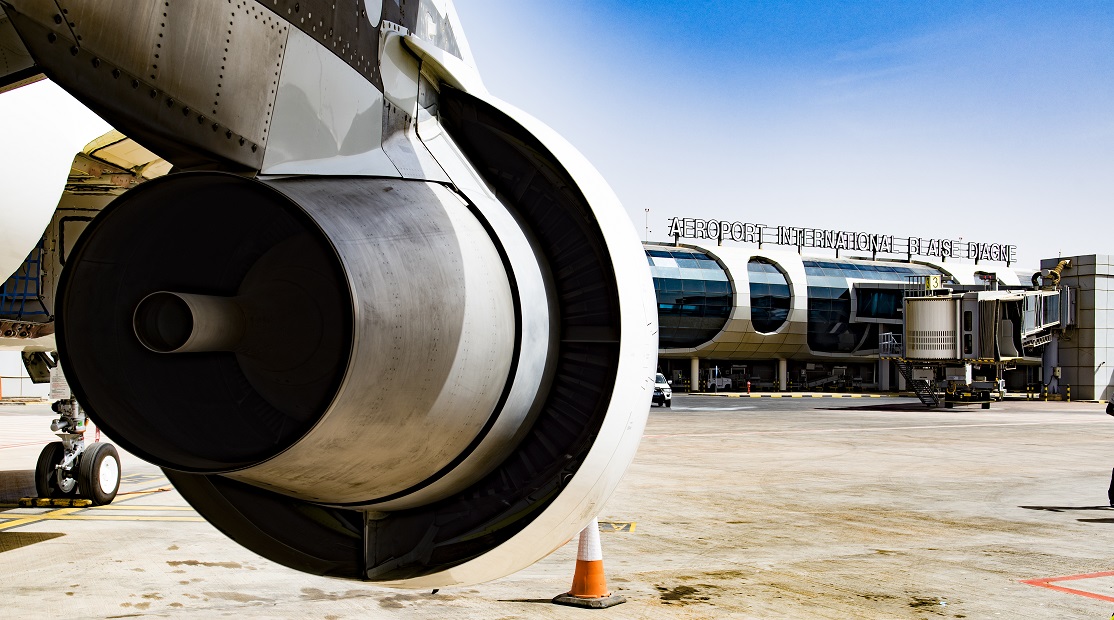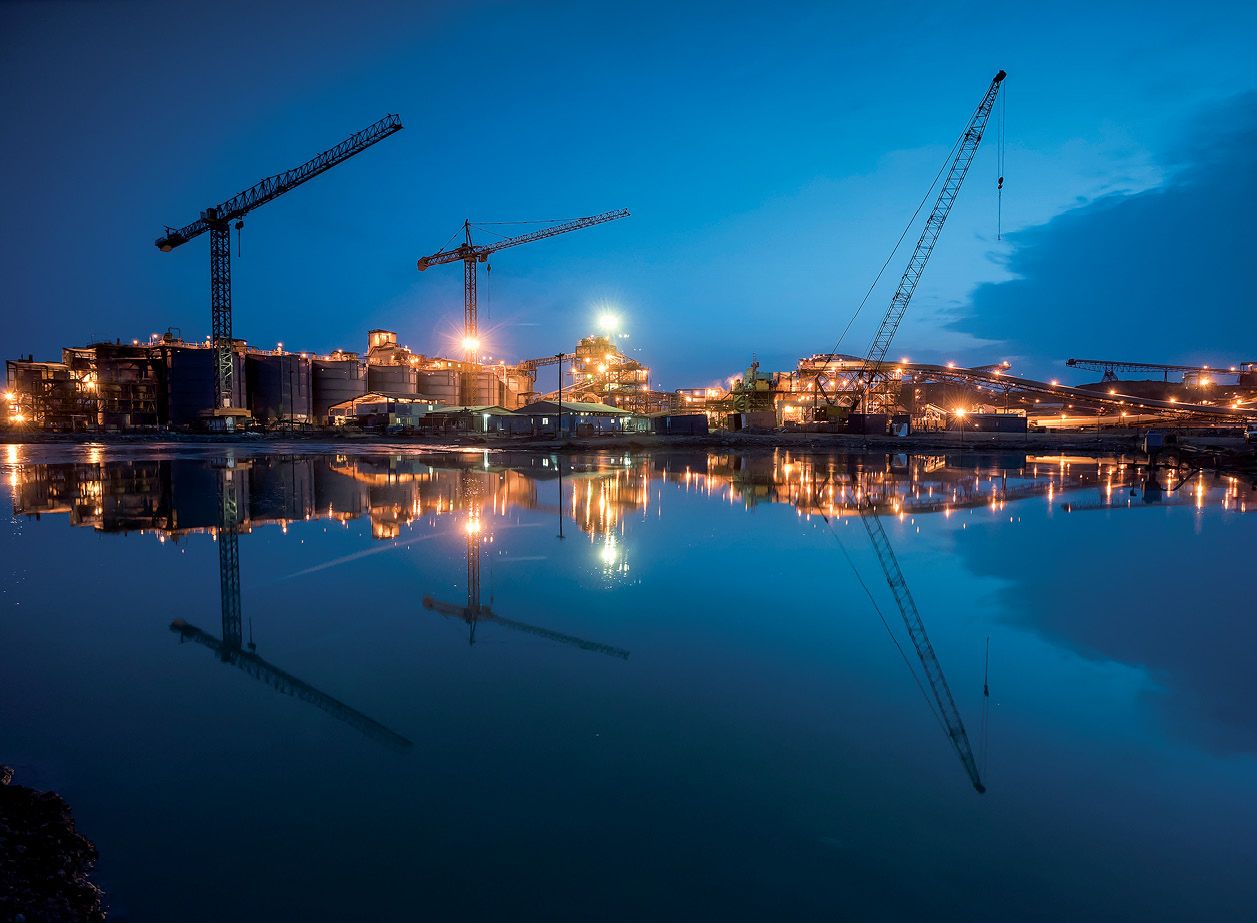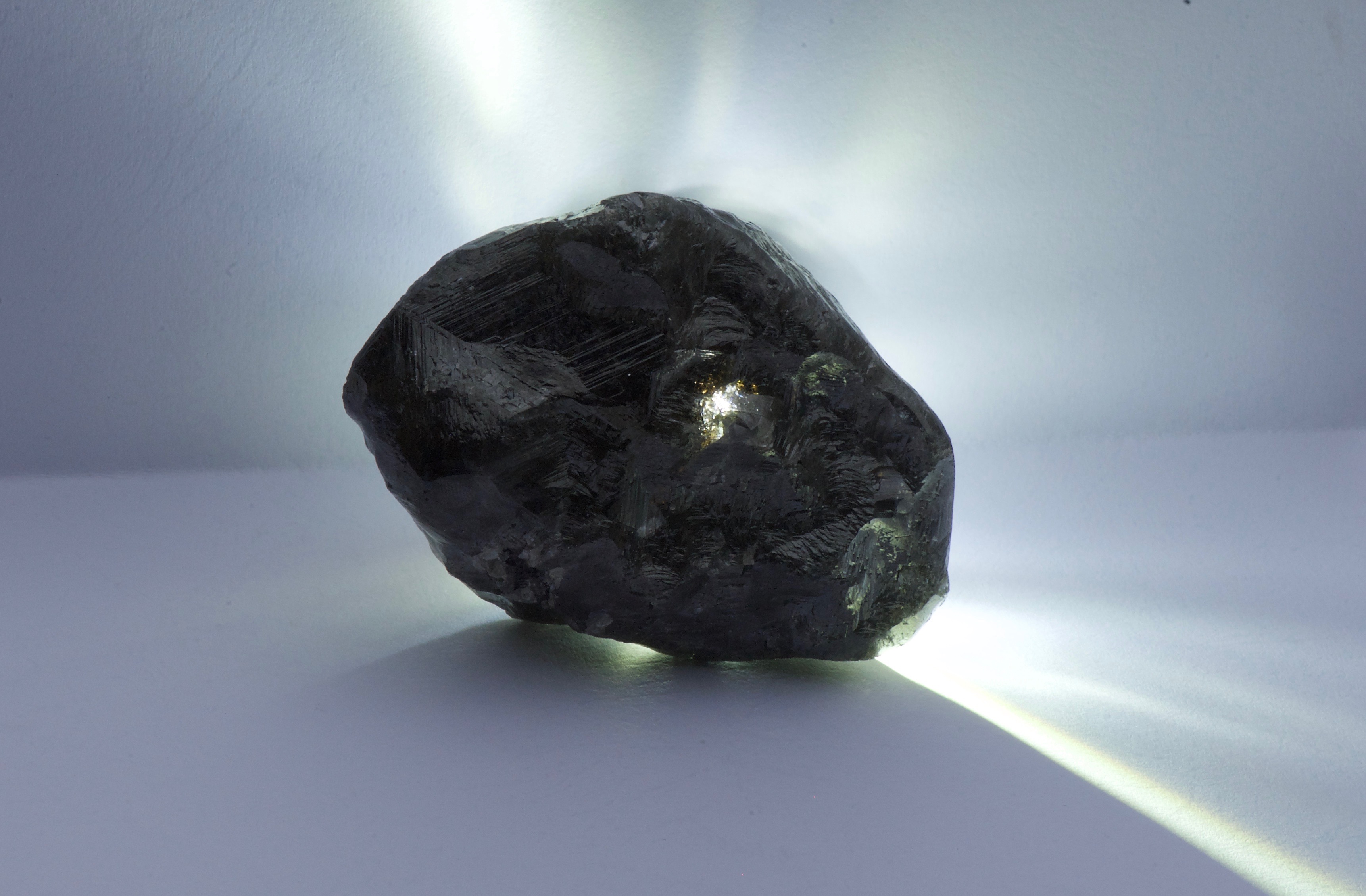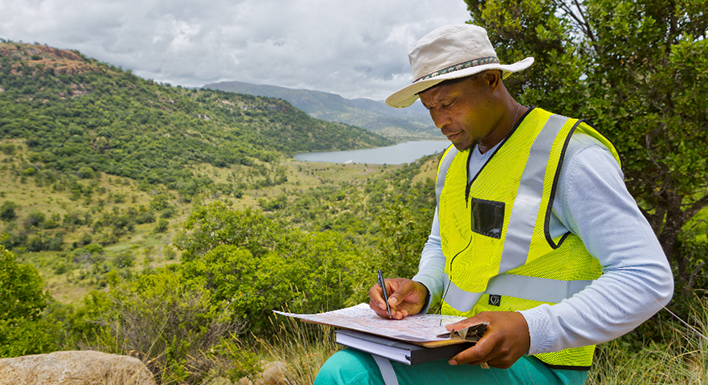
Sustainability is becoming an increasingly important issue in the mining sector across Africa, and Namibia is no exception. As a country with a rich history of mining and blessed with multiple extractive assets, it is important for mining operations to consider the long-term impact of their activities on the environment and local communities.



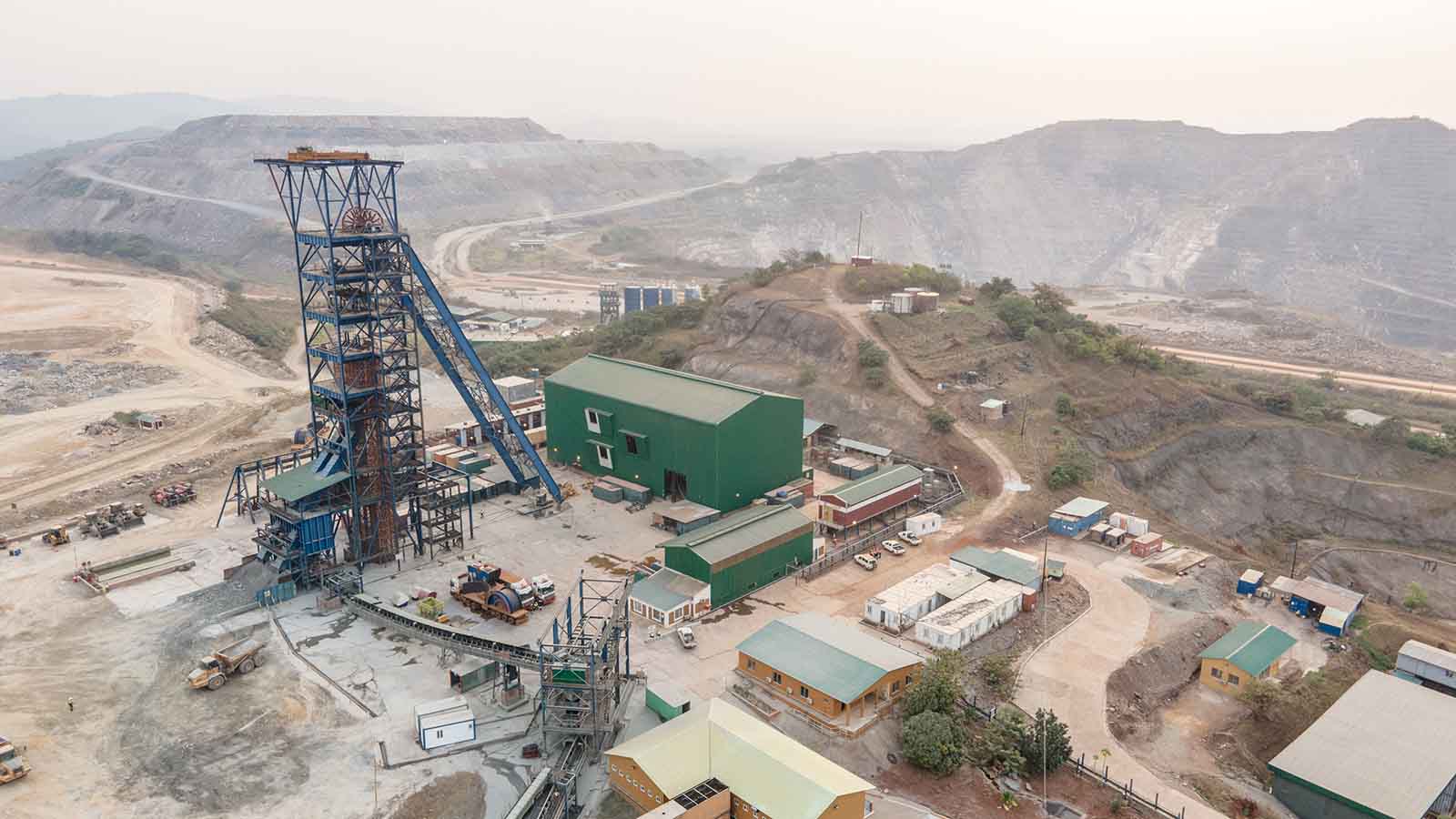
 BE- Africa- Kibali Gold- DEC2022_1.pdf
BE- Africa- Kibali Gold- DEC2022_1.pdf